Between July 1969 and December 1972, The United States accomplished six successful landings on the Moon with the Apollo Program. Twelve different astronauts walked on the lunar surface. Since 1972, no astronaut has ventured past low Earth orbit. Now, for the first time in almost 50 years, NASA is gearing up to send astronauts to the Moon once again. The Name NASA has chosen for this new program is Artemis. In Greek mythology, Artemis is the sister of Apollo and the daughter of Zeus. She was the Greek goddess of the hunt, the wilderness, wild animals, and the Moon.
The goals stated by NASA for the Artemis Program are:
•Demonstrate new technologies, capabilities, and business approaches needed for future exploration including Mars
•Establish American leadership and a strategic presence on the Moon while expanding our U.S. global economic impact
•Broaden our commercial and international partnerships
•Inspire a new generation and encourage careers in STEM
The Space Shuttle that NASA used from 1981 to 2011 was not designed to be capable of transporting astronauts beyond Earth orbit. The highest the Shuttle would fly would be about 612 kilometers during The Hubble Space Telescope servicing missions. In order to reach the Moon, NASA needs a new heavy lift rocket similar to the Saturn V Rocket. This new rocket is called the Space Launch System, or SLS for short. This rocket uses many engineering elements that were designed originally for the Space Shuttle, but have been modified and redesigned for use on a Moon mission.
The SLS will use modified versions of the RS-25 engines and nozzles that were also used on the Space Shuttle. Each Shuttle had three of these engines, the SLS will have four. Like the Shuttle, these engines will also use liquid hydrogen for fuel. The SLS will also use new five segment solid rocket boosters similar to those used on the Space Shuttle. These twin boosters provide more than 75 percent of the total SLS thrust at launch. SLS will produce 8.8 million pounds of maximum thrust, 15 percent more thrust than the Saturn V Rocket. The block 1B crew version is capable of carrying a payload of up to 37 tons to the Moon. Future upgraded variants of the SLS will be even more powerful.

Artemis SLS Roll Out 
The four engines of the SLS 
NASA Imagery of the SLS 1B Block in Flight

At the top of the SLS rocket will be the new Orion spacecraft. The Orion is a capsule design similar in shape to the old Apollo capsule, but updated for the twenty-first century. The Orion can carry up to four astronauts beyond Earth orbit and to the Moon. When the Orion reaches the Moon it will dock with a small orbiting station called the Lunar Gateway. The Orion will remain in lunar orbit, attached to the Lunar Gateway while astronauts take a separate lander down to the lunar surface. Crews will explore, conduct science experiments, and then return to the Lunar Gateway and Orion in orbit.The crew will return to Earth using the Orion and splashdown in the ocean using parachutes similar to the Apollo Program landings.
The first Artemis mission will be a test flight to the Moon without a crew to prove out the system. The next mission will be a flight to the Moon with astronauts on board, but without a landing.


The third Artemis flight should see astronauts actually returning to the lunar surface and walking there for the first time since 1972. The current Artemis Program goal is to have the first landing take place in 2024. Over time, it is hoped that a sustained presence will be built up near the south pole area of the Moon. It is thought from previous data that resources of ice may be available in this region. Crews may eventually stay on the Moon for up to a month at a time.
With the knowledge and experience gained in the Artemis Program, NASA will continue outward with plans to eventually travel to Mars. The scientific and engineering knowledge gained through space exploration benefits all humankind. By pushing back the frontiers of space exploration, NASA helps inspire the next generation of scientists and engineers. For the “Artemis Generation” a universe of wonders awaits.

Official Artemis Project Site: https://www.nasa.gov/specials/artemis/


